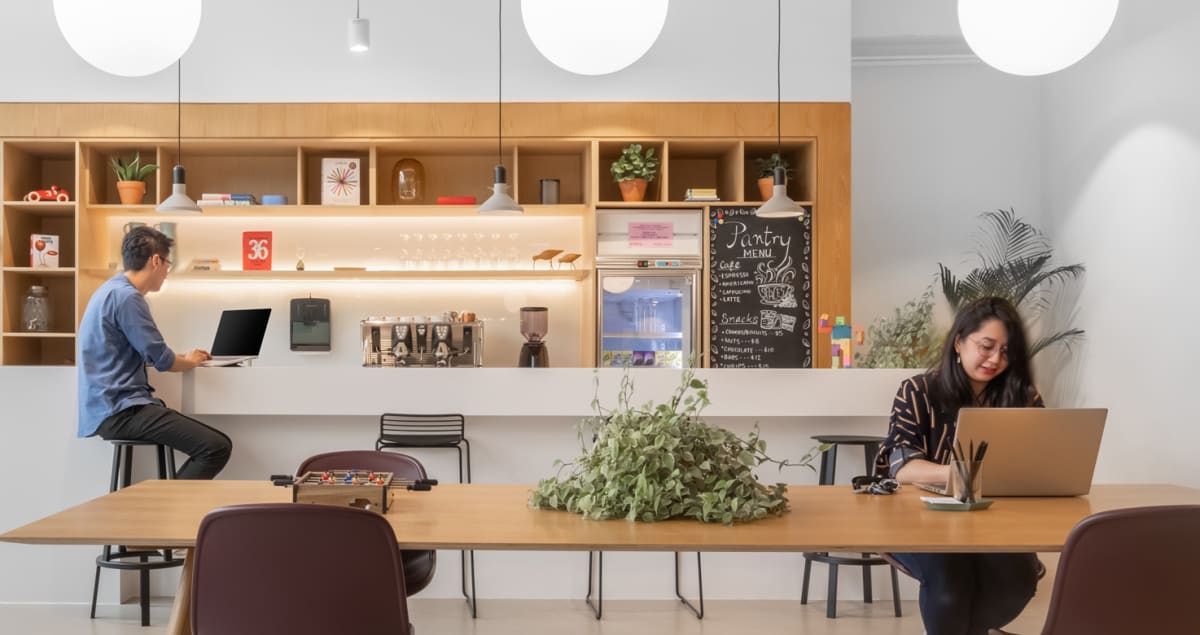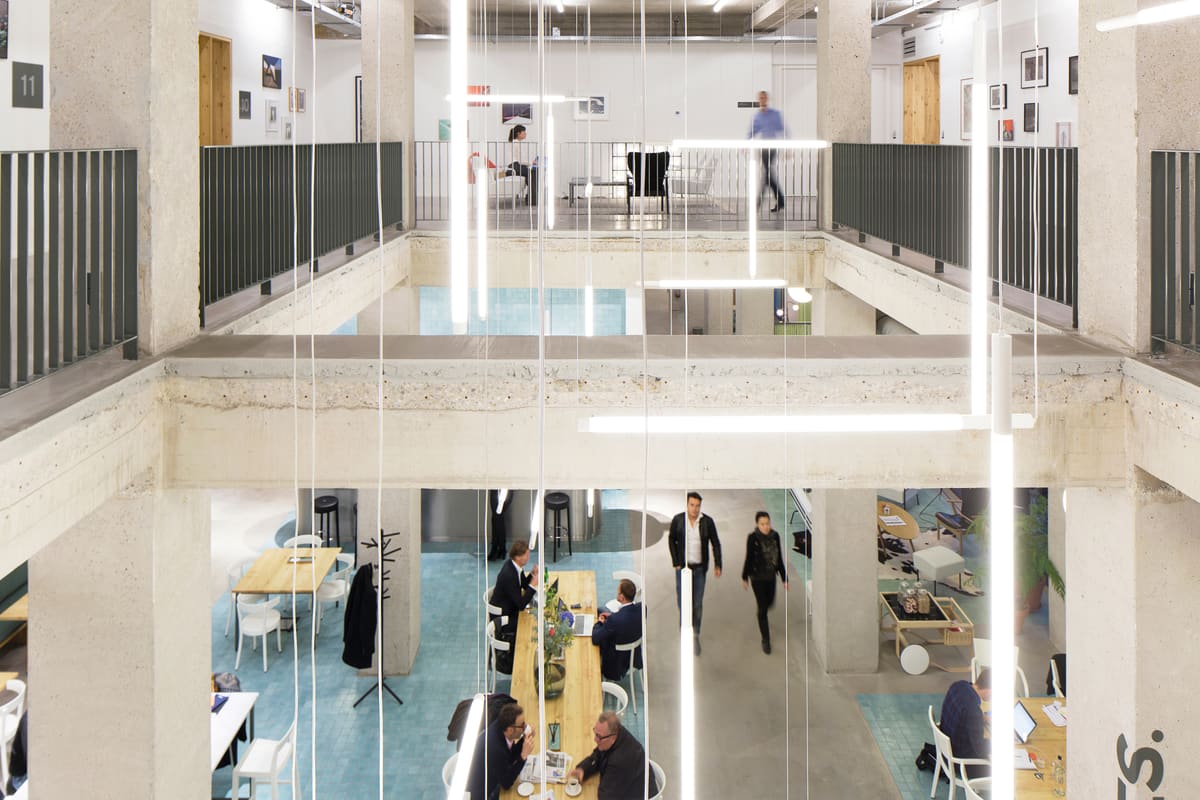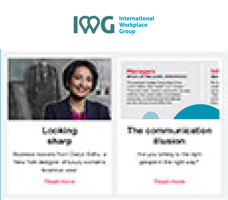Following the disruption caused by Covid-19, many businesses that own buildings they no longer use are wondering what on earth to to do with them
The Covid-19 pandemic has seen many millions of people around the world working increasingly from home, as well as thousands of companies going out of business. A forecast by Cushman & Wakefield predicts that the virus will result in up to 95 million square feet of office space being left vacant around the world. Landlords and commercial property owners face being left with a costly asset, empty and unused, representing a drain on profits and a white elephant on their balance sheet.
So, what can companies do with office space that is surplus to requirements? From selling to converting, or even letting to a company such as IWG, we explore the options.
Evaluate your needs
If you are a corporate owner and occupier, the first thing you need to do is conduct a strategic review of your office requirements, which will enable you to decide which ones you really need to keep. Richard Florida, a professor at the University of Toronto’s School of Cities, says this involves working out who in your organisation requires actual office space, where it should be sited, and how it will be configured.
Choice of location should be driven primarily by access to talent, he argues, and “when location decisions are taken lightly or done badly, they can be extremely costly and very hard to undo”. As more and more companies adopt a hub-and-spoke real estate strategy, with a shift from city centres to more suburban locations, that will play a part in decision-making.
Consider selling
The most obvious solution to dealing with surplus office space is to dispose of it, especially where entire buildings are involved. However, 2021 is not going to be a seller’s market. Cushman & Wakefield forecasts that the global level of vacancy will rise from 10.9% pre-crisis to 15.6% in the second quarter of 2022 and will not return to pre-Covid-19 levels until 2025.
Rents, which are a strong determinant of asset value, are forecast to decline 10.9% by the second quarter of 2022. Direct investment in commercial real estate globally fell by 29% – or $321 billion – in the first six months of 2020, according to JLL, and experts believe there will be many distressed sellers over the next 12 months. So don’t expect to get a top price.
Double down
Some companies are deciding to simply hold on to their existing office real estate even if they don’t need it today, on the grounds that they will need it tomorrow. In the case of landlords, that may spring from a similar belief that the office rental market will improve down the line. In some cases that is an indication of investment in a community, even when it is not the most attractive location by other measures. For example, Walmart has continued to invest in otherwise-obscure Bentonville, Arkansas through thick and thin.
Re-think
If you don’t need all the space you have right now, one option is to redesign it: both to take account of social distancing, and to make it work better for your new needs. That could mean simply spreading out. The space allocated by companies per employee has been steadily shrinking on both sides of the Atlantic. The desire for a more open collaborative environment, while cutting costs, has led to typical US densities for office space moving from 4 people per 1,000 square feet to 6-8 in some markets on the West Coast, according to law firm Mayer Brown – “and some tenants are even pushing for a density of 10 persons”.
Social distancing will require some reversal of that trend, squeezing fewer people into the same space, and will be affordable because many employees are working from home. At the same time, many commentators see the head office becoming re-modelled as a prestige flagship with far fewer desks occupied by day jobs and more marquee spaces devoted to meeting clients, investors and the like.
Convert
Converting your office space to an alternative purpose may be an avenue worth pursuing. In the UK recent legislation has made it possible to convert smaller office buildings to residential use without detailed planning consent. And in the US, Housing and Urban Development Secretary Ben Carson said last year that vacant office space caused by people working from home thanks to Covid-19 should be adapted to address housing shortages. He told Fox Business: “That’s going to free up a lot of commercial space, which can be converted to affordable housing to take some of the pressure off.”
Let your space
If you don’t need all that space, there may be other companies that do, especially in growth areas such as tech. One option is to partner with a flexible workspace company, such as IWG. The company already has 2,500 landlord partners in more than 120 countries and provides expertise on transforming an existing office building into a workspace that achieves high levels of return from commercial tenants.
Firms employing many young people are expected to generate strong continuing demand for space, with JLL predicting that 30% of office space will be flexible by 2030. “For people at the start of their careers, there’s probably more desire to be with other people because you’re still learning and you want the experience and the social life that goes with it,” says Jim Coleman, head of economics at property and infrastructure firm WSP in London.
Flexible workspace is the fastest-growing sector of the global workplace market. Make the most of this exciting investment opportunity by partnering with IWG today






